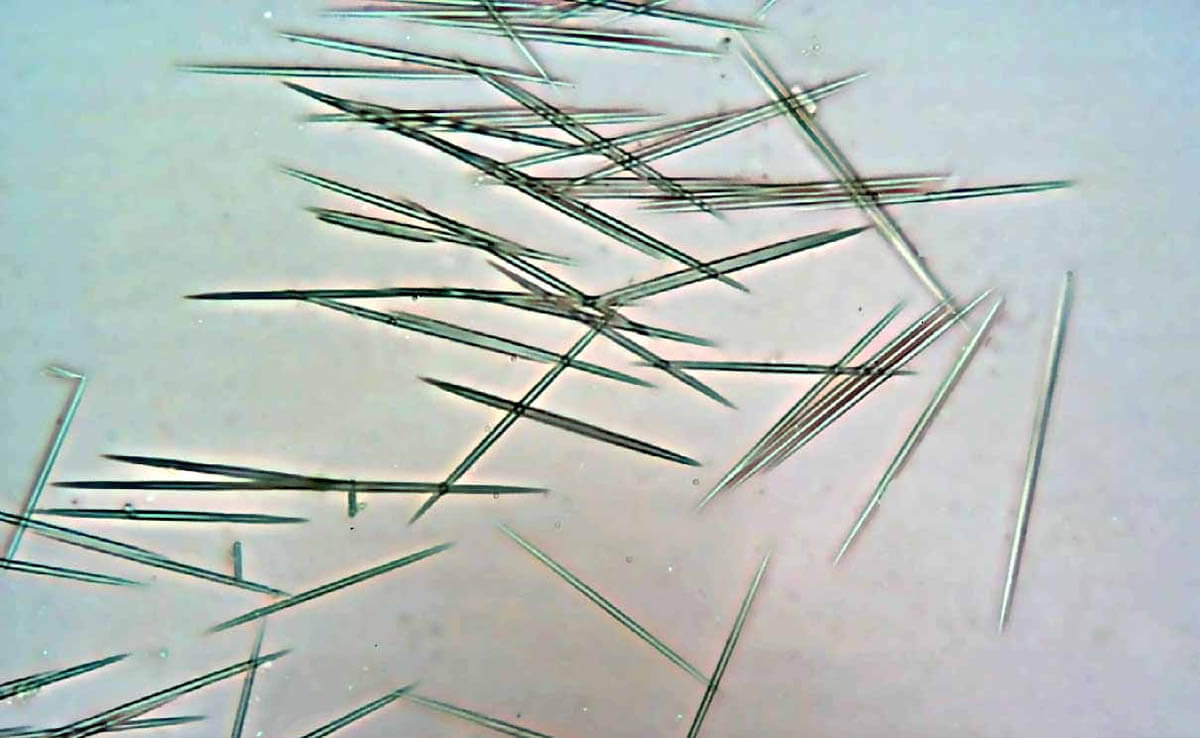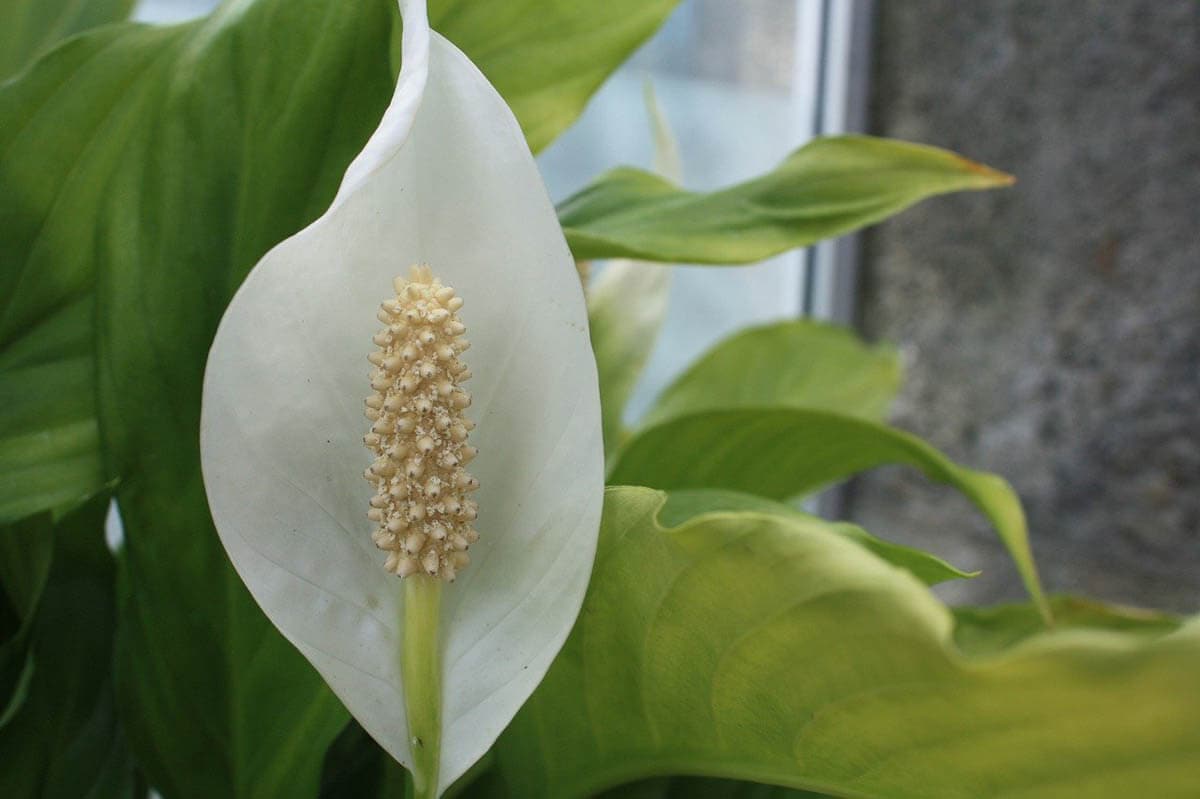Is peace lily toxic to cats?
Peace lily is toxic to cats. The toxic property is insoluble calcium oxalate crystals which are located within the tissue of the plant. Many plant species contain calcium oxalate crystals which are bundled together (known as raphides) which protect the plant from herbivores. These needle-like crystals penetrate the mouth and throat (pharynx) when they are chewed causing intense pain.

What is peace lily?
- Family: Araceae
- Botanical name: Spathiphyllum spp
- Common names: Peace lily, white flag, Mauna Loa plant
- Toxicity: Toxic to cats
- Toxic parts: Leaves and stems
- Severity: Mild to moderate
- Toxic properties: Insoluble calcium oxalates
The peace lily is a herbaceous perennial popular as an indoor or outdoor plant (in warmer climates) with dark green leaves and a stunning white spathe. There are approximately 40 species of peace lily that are native to tropical regions in Asia and America and thrive in warm and moist environments.
Clinical signs
Immediate pain occurs as the cat chews the plant which in most cases will result in the cessation of chewing and limited exposure. Common symptoms of peace lily ingestion include:
- Oral irritation
- Intense burning
- Drooling
- Pawing at the mouth
- Decreased appetite
- Vomiting
- Edema (swelling) of the mouth, tongue and lips
- Difficulty swallowing
- Difficulty breathing due to inflammation and swelling
What should you do if your cat ingests peace lily?
Carefully remove any remaining plant tissue from the cat’s mouth and flush with something tasty such as milk, chicken stock or tuna juice.
If the cat appears otherwise well, apart from oral irritation, contact your veterinarian or pet poison helpline for further advice. If the cat is experiencing breathing difficulty, seek immediate veterinary care.
Treatment
There is no specific antidote for peace lily ingestion and symptoms are usually short-lived. Treatment is symptomatic and may include removal of the plant from the mouth, drugs to control vomiting, painkillers and manage airway obstructions in rare cases.
For cats who have vomited, it may be necessary to administer intravenous fluids to manage electrolyte derangements and dehydration.
Safety
Plant toxicity can range from mild to life-threatening. Cats won’t necessarily instinctively know that a plant is toxic, and may chew plants out of curiosity or boredom. Kittens are especially prone to chewing behaviours as they learn about their world.
The best way to avoid peace lily ingestion is to avoid growing it or keeping it in an area the cat cannot access.
Note
Peace lily is not related to the common lily (Lilium spp) which causes acute kidney failure in cats.

